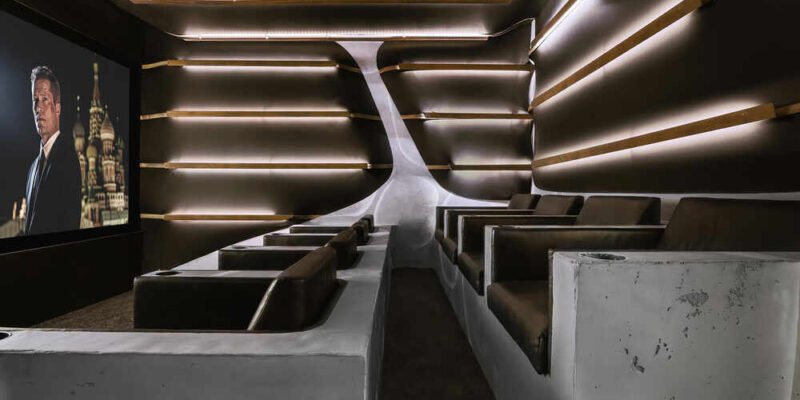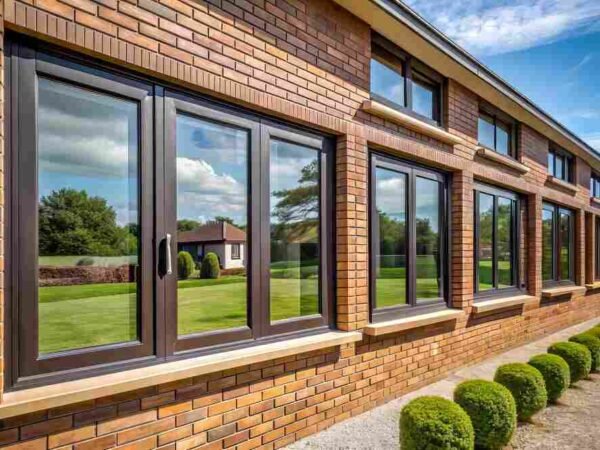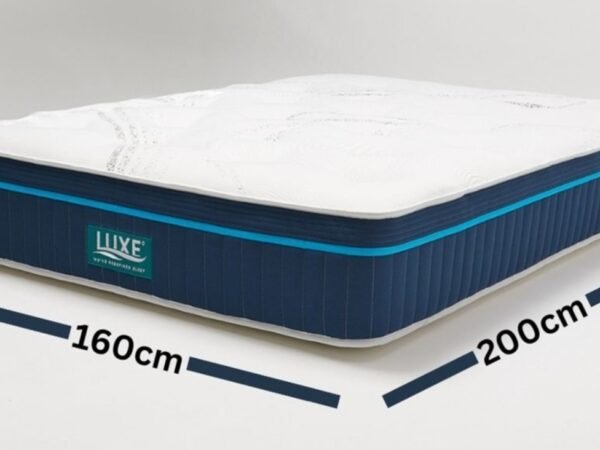Architectural lighting has long been critical in building design, enhancing spaces’ functionality and aesthetics. However, recent technological advancements have elevated its role, turning lighting systems into intelligent, responsive components of smart buildings. By integrating embedded computers, available at www.adl-usa.com, with architectural lighting, designers and homeowners can now create spaces that are more efficient, adaptive, and easier to control.
This article explores how embedded computers revolutionize lighting systems, making them more innovative and energy-efficient and enhancing the overall user experience in residential and commercial spaces.
The Role of Embedded Computers in Smart Lighting
Embedded computers are specialized computing systems designed to perform specific tasks. Unlike traditional general-purpose computers, these systems are built into larger devices to control their functions more intelligently and efficiently. In architectural lighting, embedded systems manage everything from adjusting brightness and color temperature to coordinating with other smart home or building automation systems.
By embedding computing power directly into lighting systems, users can control lights in real-time, automate their operation based on specific conditions, and integrate lighting seamlessly with other smart devices. The result is a more dynamic and efficient lighting system that enhances comfort and sustainability.
More Brilliant Lighting Control: Precision and Personalization
One key benefit of integrating embedded computers into architectural lighting systems is the precision and personalization it brings to lighting control. With these intelligent systems, lighting can be fine-tuned to match the exact needs of the space and the people using it.
Dynamic Lighting Scenes: Tailored to Your Needs
Embedded systems allow customized lighting scenes to be activated with a simple touch or voice command. For example, in a modern office, lights can be set to brighter, cooler temperatures during working hours and automatically shift to warmer tones in the evening to help employees wind down. In homes, users can create scenes for different activities—dimming the lights for movie night or setting a bright, focused light for reading.
- Scene programming: With embedded computers, multiple lighting scenarios can be pre-programmed and quickly switched between depending on the time of day, activity, or desired ambiance.
- Adaptive lighting: These systems can also adjust automatically based on external factors such as natural daylight or the presence of people in the room, ensuring the lighting is continually optimized for the environment.
Fun Fact: Studies have shown that lighting color and intensity can affect mood and productivity. Cooler, blue-toned light can improve focus and alertness, while warmer light helps foster relaxation and creativity.
Voice and App Integration: Control at Your Fingertips
Gone are the days when you needed to get up to adjust a light switch. Embedded systems in smart lighting integrate seamlessly with home automation apps and voice assistants like Amazon Alexa, Google Assistant, or Apple’s Siri, allowing you to control lights from anywhere.
- Voice commands: You can easily change the brightness, color, or even turn lights on and off. This is especially helpful when multitasking or when your hands are full.
- Remote control: Embedded computers enable users to control lighting systems remotely through mobile apps, providing real-time access to adjust lighting levels, even when you’re not home or at the office.
Pro Tip: For enhanced comfort, pair intelligent lighting systems with occupancy sensors so lights only turn on when someone enters the room. This saves energy and adds convenience.
Energy Efficiency: Sustainable Spaces with Smart Lighting
Energy efficiency is a primary concern in today’s building designs, and intelligent lighting systems powered by embedded computers play a crucial role in reducing energy consumption. Adjusting light levels automatically and optimizing energy use based on occupancy and ambient light offer significant savings while maintaining a comfortable and well-lit environment.
Automatic Adjustments: Lights That Respond to Your Environment
One of the standout features of embedded computers in lighting systems is their ability to make real-time adjustments based on environmental factors. For example, suppose a room is naturally well-lit by daylight. In that case, the embedded system can automatically dim the lights to save energy. Similarly, suppose no motion is detected in a room for a certain period. In that case, the lights can turn off, ensuring energy isn’t wasted.
- Daylight harvesting: Embedded systems can adjust artificial lighting based on the amount of natural light entering a space, reducing energy consumption while maintaining consistent brightness.
- Occupancy sensors: These systems can detect when a space is being used and adjust lighting accordingly, ensuring that lights are only on when necessary.
Fun Fact: According to the U.S. Department of Energy, advanced lighting systems that use occupancy sensors and daylight harvesting can reduce energy usage by up to 60%.
Energy Monitoring and Insights
Embedded computers in lighting systems can track and analyze energy usage, giving users real-time data on how much electricity their lighting consumes. This information helps homeowners and building managers make informed decisions on adjusting lighting settings for maximum efficiency.
- Energy reports: By collecting data on lighting usage, embedded systems can offer insights into how much energy is consumed, helping users identify patterns and areas where they can reduce waste.
Enhancing User Experience: Lighting That Adapts to You
Embedded computers are vital to making architectural lighting more responsive and intuitive. In addition to improving energy efficiency, these systems are designed to enhance user experience by adapting lighting to personal preferences, time of day, and activity. For expert lighting solutions that transform any space, trust Illuminated Design, serving Naples, FL, to bring your vision to life with elegance and precision.
Circadian Rhythm Lighting: Supporting Health and Well-Being
Circadian rhythm lighting is one of the most exciting advancements in intelligent lighting technology. By adjusting the color temperature and brightness of lights throughout the day, these systems can mimic natural sunlight patterns, helping to regulate the body’s internal clock. This can improve sleep quality, boost productivity, and promote overall well-being.
- Morning light: Bright, cool light in the morning can help you wake up more quickly. It mimics the effects of daylight and signals to your body that it’s time to start the day.
- Evening light: As the day progresses, embedded systems can automatically shift to warmer, dimmer lighting, creating a more relaxing environment that helps the body prepare for sleep.
Entertainment and Ambiance: Syncing Lights with Your Lifestyle
Embedded computers also allow architectural lighting systems to sync with entertainment devices for a fully immersive experience. Imagine watching a movie and having the lights automatically dim to match the action on the screen, or hosting a dinner party where the lights change color in rhythm with the music.
- Entertainment sync: Embedded lighting systems can be programmed to change in real-time with your TV or music system, adding an extra dimension to your home entertainment.
- Mood lighting: With color-changing capabilities, embedded systems can transform a space to suit any mood, from a lively party atmosphere to a calm and serene environment for relaxation.
Fun Fact: Philips Hue, one of the pioneers in intelligent lighting, has a feature that syncs your lighting with your TV or music, creating a dynamic atmosphere that enhances your entertainment experience.
Integrating embedded computers with architectural lighting transforms how we illuminate spaces. Lighting systems are becoming more innovative, responsive, and energy-efficient. From personalized lighting scenes to energy-saving automation and real-time control, these systems offer unparalleled convenience and sustainability.
As we move towards a future of increasingly connected and intelligent homes and buildings, embedded systems will continue to play a crucial role in creating environments that are not only visually appealing but also adaptable, sustainable, and ideally suited to the needs of their occupants. Whether you want to enhance your home or design more efficient commercial spaces, combining embedded computers and architectural lighting is the key to smarter, more dynamic living.
Do Read: Transform Your Outdoor Spaces: Elevate Your Home’s Curb Appeal with Hardscapes and Roofing Solutions













